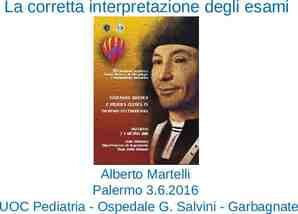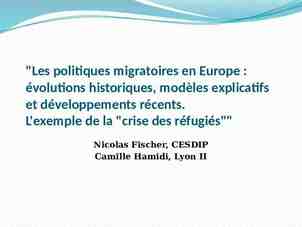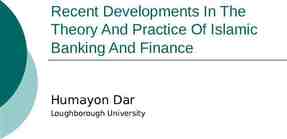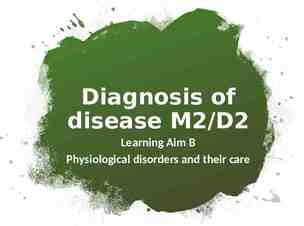Curriculum Planning Accreditation Berta Cuaron Pamela Deegan
14 Slides175.50 KB
Curriculum Planning Accreditation Berta Cuaron Pamela Deegan Janet Fulks Pat Mosteller Wheeler North
Curriculum must drive the ship! Course and program curriculum is the contract between the college, the student and the community All college activities exist solely to ensure effective course, program and services delivery leading to student success Effectiveness requires assessment
Definitions and purpose What are some of the planning parts and why? Process Program planning and review Enrollment planning Academic Master plan Accreditation
Process Consultation structure, information and decision-making flow The purpose of planning is to prepare the stage in a way that will effectively guide the actors with some flexibility Consultation structures are the physical sets (committees) Process is the choreography of how the actors (decisions) move across the stage
Program Review and Planning Program review is the process by which programs assess their current state of affairs Is the curriculum current and viable Are students successful Are community and industry needs being met Program planning is the process by which programs move forward based upon review What new curriculum, or changes are needed Is program expansion/contraction desired How can unmet goals be achieved
Enrollment Planning Comprehensive Balance Program curricular balance accommodates; Balanced enrollments (large offsetting small) Diverse learning needs and styles A variety of learning environments Enrollment swings (growth and decline) Funding swings Retention and persistence Timing is everything Plan B – to cancel or not to cancel that is the question Is a strong indicator that planning could be improved
Academic Master plan The Big Picture The Academic Master Plan is a compilation of all program plans, division plans and a summary of any college-wide academic timelines and goals. Course and program curriculum is the foundation of this plan.
Accreditation The Accountability Cycle How do we measure our effectiveness in the above through a process of self-assessment and peer review?
Three Main Reasons for Deficiencies Program Review Institutional Planning Governance
ACCJC Rubrics Planning Program Review Student Learning Outcomes
Integrating the planning How does the curriculum drive the ship? What decision-making needs to occur to deliver classroom instruction? What can we do to integrate the decision-making?
What Must Be Planned? What program, department, division, and college determinations (review) and decisions (planning) need to be made to develop, approve and implement/deliver curriculum? Audience Participation
Integrating the planning For each of these decision-making areas how do we integrate these so that they are being made based upon both curricular needs and the context of improving student learning in the classroom?
Closing the Loop Positive Feedback A key accreditation concern is how does our review, curriculum development, planning and assessment process close into a positive feedback loop? What are the characteristics and qualities of meaningful, well utilized planning? What is the balance between keeping it simple and detailing documentation? How do process and structure functionally align and can this be improved? What operational improvements can be made? Are there examples of any of the above?



















